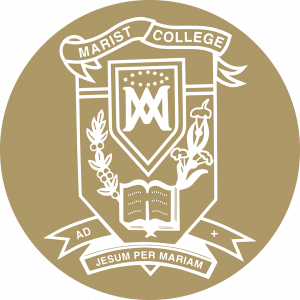
11 GEOGRAPHY - MĀTAI MATAWHENUA
11GEO Course DescriptionCurriculum Leader: Miss J. Foster.
Recommended Prior LearningOpen Entry
This course explores Geography through a variety of contexts. Geography explores the interactions between people and the environment (Te Taiao), how they directly affect each other as well as how interactions can be shaped by the places they occur.
This course will be focusing on three main types of geographic environment – Maunga (Mountains) and Puia (Volcanoes), Koraha (Deserts), and Awa (Rivers). Through these contexts we will explore environments from Aotearoa, Australia, the Pacific, and many more around the globe.
Level 1 Geography will be assessed in 3 standards – Internals 91932, 91933, and external 91935 for a total of 15 credits.
Learning Pathway
Geography offers ākonga the opportunity to learn and develop a range of skills and knowledge which they can apply in their everyday lives, no matter what level they begin their Geography studies.
At university level, pathways are available in a range of areas. Ākonga might concentrate on Physical Geography, Social and Political Sciences, Development Studies, Migration Studies, Resource and Environmental Management, Geographic Information Systems, Geology, or Urban Planning. Ākonga with a base in Geography can use their knowledge to enrich a career in engineering, science, law, management, commerce, or technology.
Geography is a foundation for any work that focuses on connections in te taiao.
Geographers work in a wide range of fields, including:
- urban and regional planning
- land management
- industrial location and marketing
- environmental monitoring and resource management
- community development at home and abroad.
- They work as researchers, analysts, consultants, technologists, and planners.
The ability to work with data is becoming increasingly important in geography, due in large part to technological advances. For example, much of our information about where things are located comes from satellites that continuously beam coordinates to global positioning devices on Earth.
Government and commercial satellites greatly increase the accuracy and amount of geographic data available. At the same time, new Geographic Information System (GIS) software can process that data with greater speed and flexibility. This technology creates new career possibilities for people who understand geography and who can process and use geographic information.
A few geographic jobs are based almost entirely on the study of location. Remote sensing specialists, photogrammetrists, and surveyors gather data about where things are on Earth. GIS analysts review this data and sometimes use it to make maps. Planners help to determine where buildings and roads should be located. Many maps rely on photographs or other data taken from aeroplanes, drones, and satellites. Remote sensing specialists oversee the collection of this information and interpret satellite images. Photogrammetrists interpret the more detailed data.
Learning Areas:
SOCIAL SCIENCE - TIKANGA-A-IWI
Career Pathways
Mining Engineer, Survey Technician, Historian, Outdoor Recreation Guide/Instructor, Surveyor, Fishing Skipper, Urban/Regional Planner, Emergency Management Officer, Meteorologist, Miner/Quarry Worker, Mine/Quarry Manager, Driller, Geologist, Environmental Scientist, Environmental Engineer, Ranger, Landscape Architect, Geophysicist, Policy Analyst, Secondary School Teacher